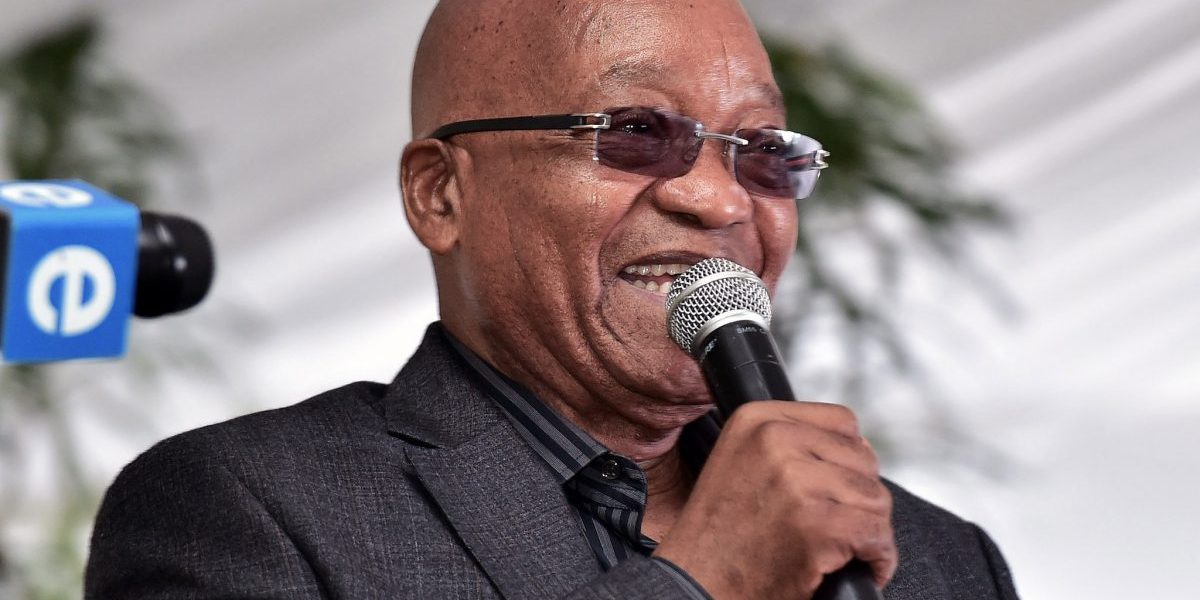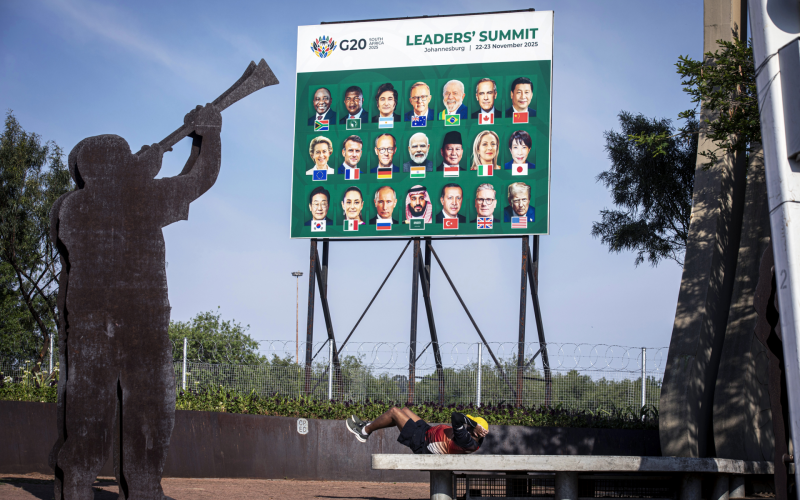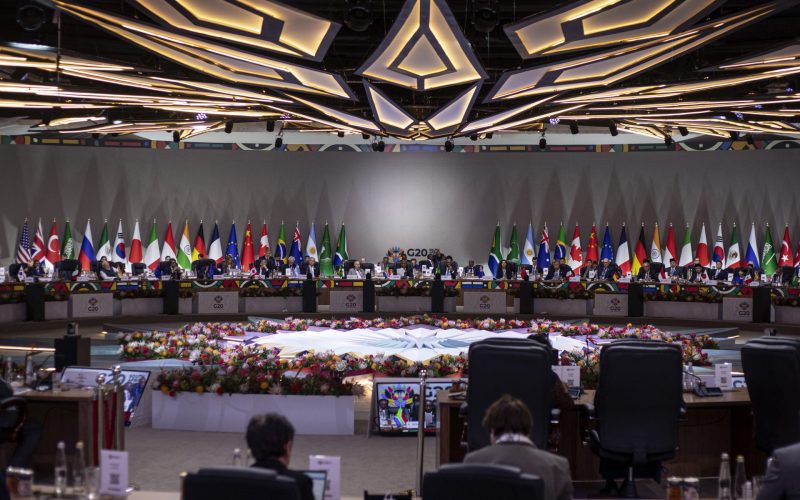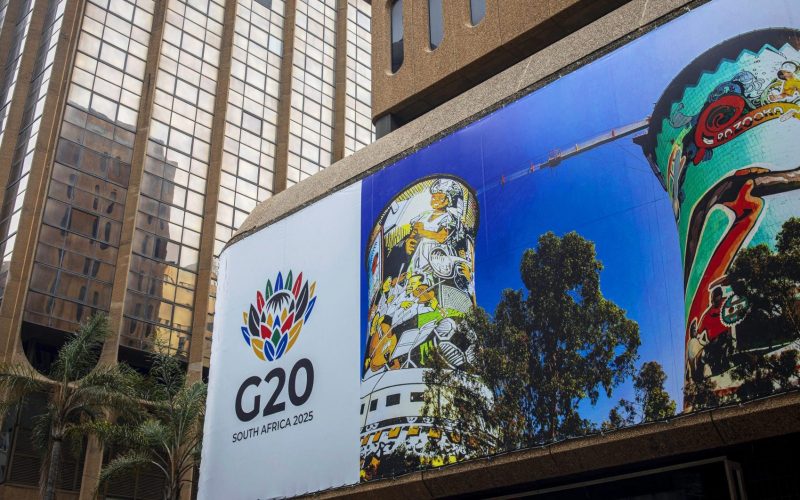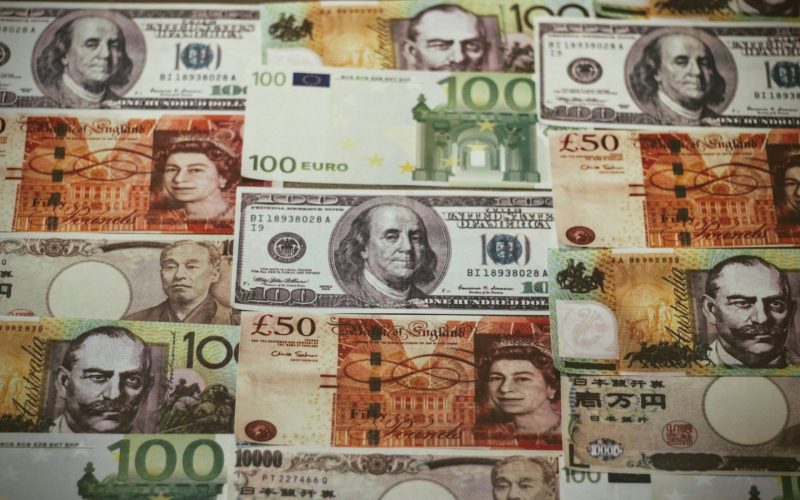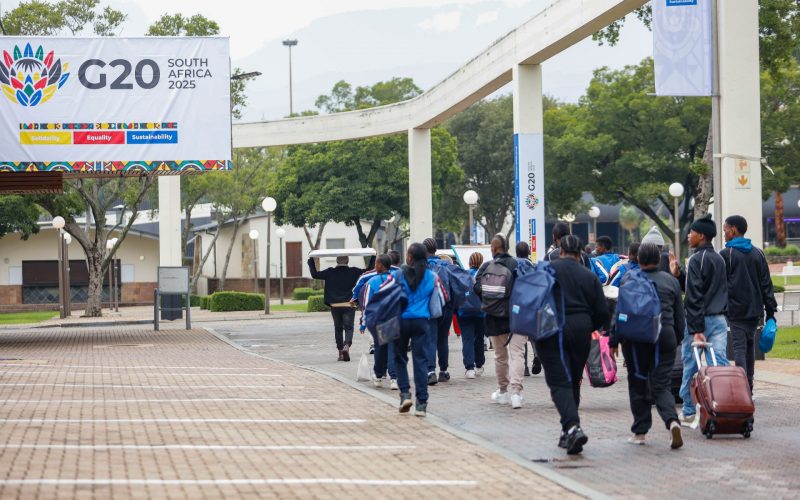Although there have been numerous attempts to do so with respect to his domestic priorities, analysis of an emerging “Zuma Foreign Policy” continues to be limited to the hypothetical.
But this needs not be the case. A year after assuming office there is a growing body of evidence that can be used to draw preliminary conclusions on the priorities of his foreign policy agenda.
One way of doing this is by looking at who the Zuma administration is visiting and how frequently they are doing so. Moreover, by comparing his travel schedule with that of former president Thabo Mbeki, one is also able to begin discerning the points of continuity and change between the two administrations.
One noteworthy finding is that Zuma has pursued South Africa’s foreign policy as vigorously as any other of his domestic priorities – contrary to the predictions of many political analysts.
This is clear when comparing the number of times that Zuma and Mbeki left the country during their first year in office. It is estimated that Zuma has been abroad in an official capacity on more than twenty six occasions with Mbeki having been estimated to have only left the country on twenty two occasions.
The Zuma administration has also visited more African states during its first year than the Mbeki administration, while visiting relatively fewer European countries. Mbeki’s activities during the first year of his presidency focused on preparing the foundation for new North-South and Southern-based initiatives such as the New Partnership for Africa’s Development ?thereby pushing the African agenda globally. Zuma has opted to pursue this agenda more directly. He and other leading cabinet figures have visited Angola, Mozambique, Zambia, Equatorial Guinea, the Democratic Republic of Congo, the Sudan and Zimbabwe, evidence that Zuma continues to place significant emphasis on South Africa’s role in Africa, and has certainly no less energy in pursuing this objective than Mbeki did.
This conclusion is again evident when looking at how Zuma has sought to negotiate the contradictions of pursuing South-South cooperation while simultaneously seeking beneficial North-South relations. Indeed, while it is clear that South Africa continues to prioritise relations with emerging powers like the BRIC nations, he has also made a concerted effort to improve relations between South Africa and traditional global players, such as the US, UK and Australia.
Moreover, in pursuing his agenda, it seems that the Ministry of International Relations and Cooperation has assumed a more important role than under the Mbeki administration. In fact, Minister Nkoana-Mashabane has been the most senior South African delegate on more than nineteen occasions over the last year.
While it may be useful to observe Zuma’s travel itinerary in an attempt to extrapolate trends, merely relying on numbers does not paint the full picture. As stated earlier, when Mbeki assumed office, groupings such as the Africa-South America Summit, the G20 at a political level, the Outreach 5 to the G8, and IBSA did not exist. Zuma has therefore been able to build on South Africa’s involvement in numerous new multilateral groupings, and the elevated status it received internationally, thanks largely to the work of Mandela and Mbeki.
Nonetheless, as President Zuma comes to celebrate his first year in office, analysts need to do more than just play ‘the wait and see’ game. Taking his itinerary as the departure point we may venture at least some predictions at where South Africa’s foreign policy is heading.
Already it has made one thing clear: the initial predictions that Zuma would merely be a ‘domestic president’ have not materialised. If anything, he has made enthusiastic use of the platform Mbeki helped create.

